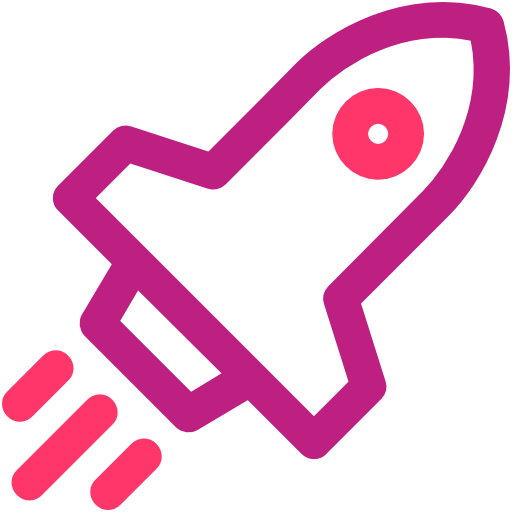Using Garbage in Minecraft Education Edition as a Teaching Tool
Are you looking for ways to make your lessons in Minecraft Education Edition come to life? Incorporating garbage in your world adds an extra layer of engagement and complexity to the game. Read on to find out how you can use garbage to enrich your lessons and create memorable educational experiences.
What is garbage in MEE?
Garbage, also known as detritus, is any type of non-living material that is discarded, such as food scraps, broken glass, old toys, or any other unwanted material. It can be found in a variety of locations – from waste deposits in villages and towns to rubbish piles, trash cans, and discarded furniture and appliances. In Minecraft Education Edition (MEE), garbage can be found in the form of item frames and shulker boxes.
How Can You Use Garbage in MEE?
Garbage can be used as a powerful teaching tool in MEE. By introducing garbage to your world, you can open your students up to a variety of different learning opportunities. Here are some of the many ways you can use garbage in MEE:
1. Enhance Lessons on Environmental Science
Using garbage in your worlds adds a sense of realism to lessons on environmental science. By giving students the opportunity to explore a world with an abundance of trash and debris, they can gain a better understanding of the effects of human activities on the environment. Students can be encouraged to clean up the garbage and consider solutions to help protect our planet.
2. Empower Students to Get Creative
Providing students with unlimited garbage brings out their creative spark and encourages them to come up with creative solutions. Have students build machines or contraptions with the garbage they find and use them to clean up the environment or create something useful. The possibilities are endless and could lead to some exciting outcomes.
3. Encourage Critical Thinking Skills
Introducing garbage to your MEE world will give students an opportunity to practice their critical thinking skills. Ask students to come up with solutions for turning garbage into something more useful or analyze the impact of garbage on the environment. Give them the chance to think outside the box and come up with fresh ideas.
How Can You Get Started?
Getting started with adding garbage to your MEE world is easy. Here are the steps you need to take:
1. Activate the Garbage Feature
The first thing you need to do is activate the garbage feature. This can be done by opening up the game settings and navigating to the ‘Gameplay’ tab. Under this tab, you will find an option for ‘Garbage’, which you can turn on.
2. Set the Garbage Frequency
Once you have enabled the garbage feature, you can set the frequency at which garbage will spawn in your worlds. By increasing the frequency, you will be able to give your students access to more garbage to work with.
The final step is to add garbage-related challenges to your worlds. You can come up with tasks such as building contraptions with the garbage or finding ways to reduce the amount of trash in the world. This will get your students thinking creatively and learning while they’re having fun.
Conclusion
Garbage is an invaluable teaching tool in Minecraft Education Edition. By incorporating it into your worlds, you can open your students up to exciting new educational experiences and offer them the chance to practice their critical thinking skills. So, if you’re looking for ways to bring your lessons to life in MEE, why not give adding garbage a try?
FAQ
Q: How do you put garbage in a Minecraft Education Edition bin?
A: To place garbage in a bin, tap the bin block before selecting the garbage item from your inventory.
Q: How do you pick up garbage from a Minecraft Education Edition bin?
A: To pick up garbage from a bin, select the bin block and then take the item from the inventory window.
Q: How do you delete garbage from a Minecraft Education Edition bin?
A: To delete garbage from a bin, press the “delete” key or right click the bin block and then select the trash icon.

